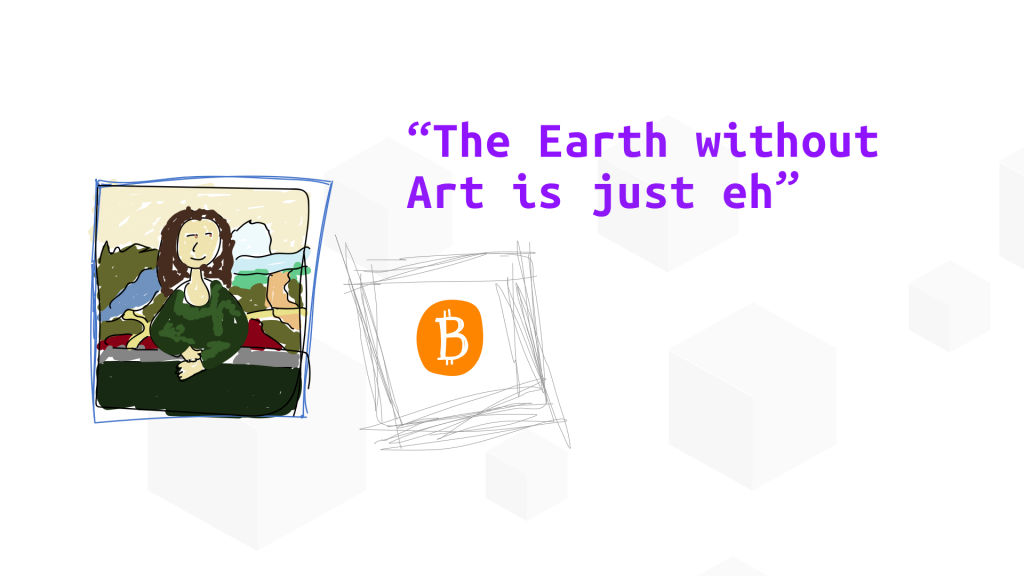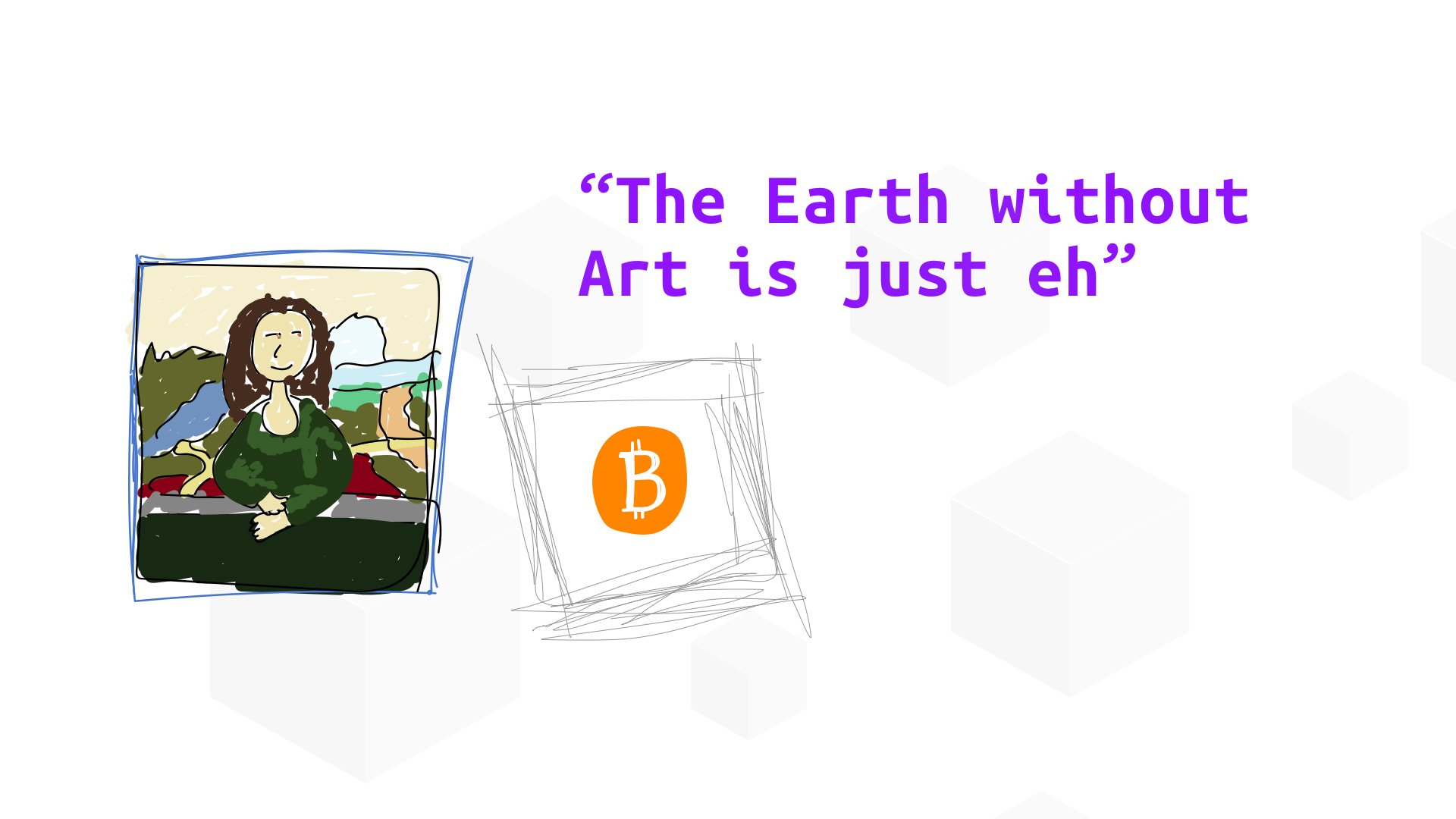
Blockchain wants to be the parsley of every dish and one of the many fields of expression is the art industry. You may all have heard of the CryptoKitties and Rare Pepe trading cards as the most popular form of blockchain art, but if we dig deep down into what really blockchain can do for the art industry, it’s not merely CryptoKitties.
Authenticity problem
An article published by The Daily Beast shows that 50 % of the art in circulation is fake. That means everything from the artist, the painting to the origin and region can be forged. And since Blockchain is all about transparency and building trust, people came up with a solution to deal with this issue. In order to prove authenticity, artists now can attach gadgets (like the one your dog might have to avoid being lost) to their artwork and later being scanned for all the information a collector needs to prove provenance.
Unfortunately, Blockchain development is still in progress and is yet not time-tested so problem can occur in a matter of safety. The problem here might be in the IoT devices that have a public key that is generated by the manufacturer, which is creating conditions for duplications.
Fractional ownership
By breaking to small fragments the monolithic painting and tokenizing it, sellers are able to fragment the ownership of the artwork using blockchain. Surprisingly, people get excited to participate in a new model of ownership and let’s say own a fraction of Andy Warhol’s “14 Small Electric Chairs”. This innovation improves valuation of artwork because of the interest it can attract.
Using fractional ownership, people who have never been associated as collectors, can get involved in the art market.
Digital ownership
Contrary to what is said above, we actually get to talk about Cryptokitties. What they’re really showing us is the fact that people do not want to buy traditional art and what they are buying is a new form of digital collectible. People are actually ok with buying things that can not be touched and exist only in a digital environment, but are interesting and innovative.
What you need to know that is you don’t actually own the image, but the code and it gives you the right only to trade or sell it.
Invest in artist
Creators can tokenize themselves, putting them on the market place. It’s like stock market for artist and you can invest in their career.
Investing in an artist sets a kind of relationship which could be defined by a smart contract, describing what percеntage the investor owns, for what period of time and how dividends are distributed. Binding it with smart contracts about the artist’s artwork sale, investors obtain a percentage of the profit or investors buy tokens and later getting a discount of the artwork’s price.
Participаnts’s job is to set the terms that suit them the most, as long as cryptocurrency is paid.
Blockchain technology is making us change the concept of how we interact with the surrounding world. It changes artwork outview, making it easier, more transparent and in interesting way, developing new manners of creating and trading art.



